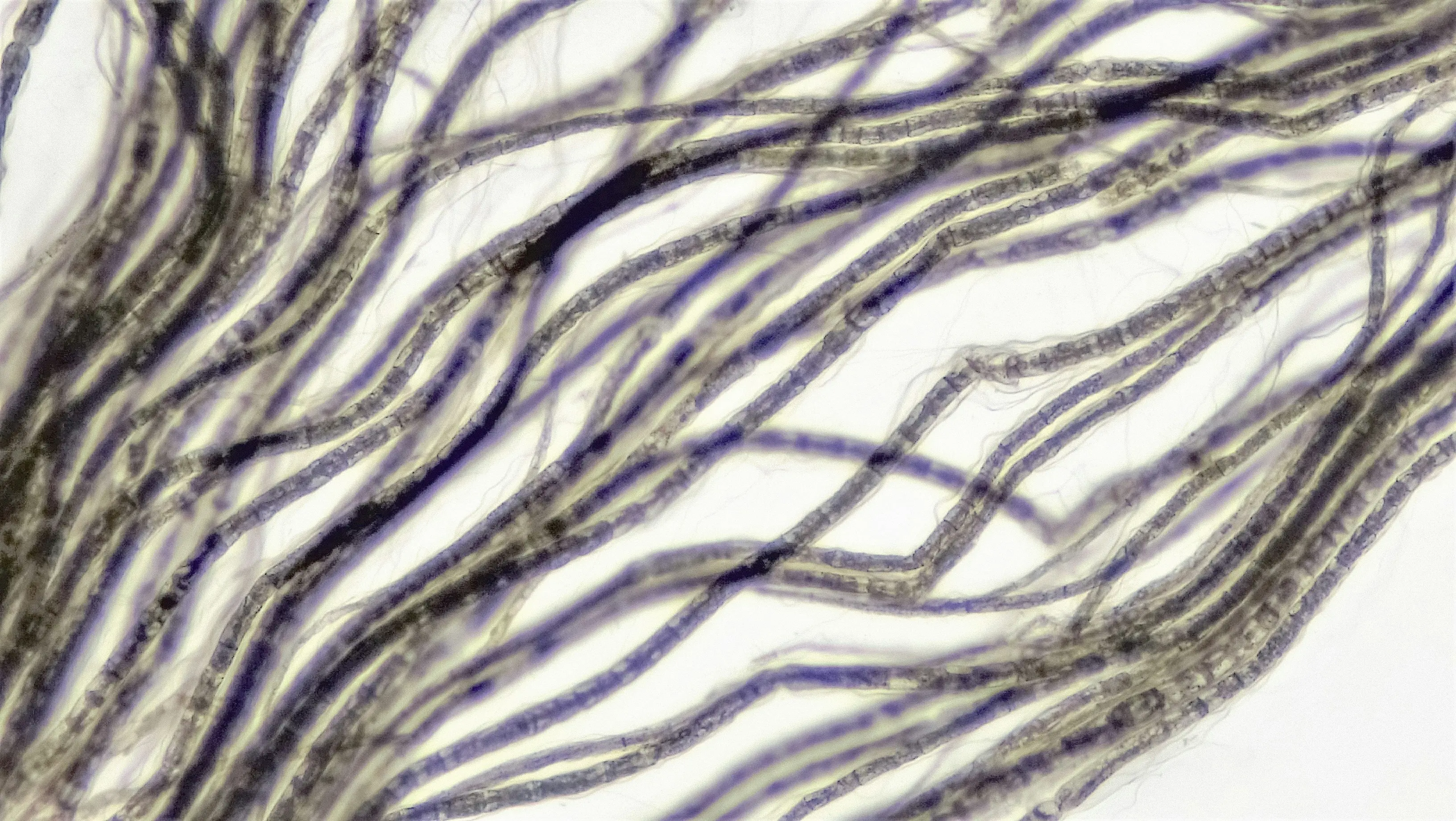UCLA Study Reveals Striking Parallels Between Human And Ai Social Neural Networks

In a groundbreaking study, researchers from UCLA have found that biological brains and artificial intelligence (AI) systems exhibit remarkably similar neural patterns during social interactions. This discovery could reshape our understanding of social disorders like autism and aid in developing AI systems capable of more human-like social interactions.
The study, published in Nature, delves into the neural network dynamics of social behaviors in both mice and AI agents. Using advanced brain imaging techniques, the team recorded neural activity in the dorsomedial prefrontal cortex of mice during social interactions. They discovered high-dimensional 'shared' and 'unique' neural subspaces (distinct areas in the brain or AI network where specific patterns of activity occur) that synchronize during social engagement. Intriguingly, the AI systems, when trained for social interaction, developed similar patterns.
This research marks a significant intersection of neuroscience and artificial intelligence. By comparing how different types of intelligent systems handle social information, scientists aim to uncover fundamental principles of social cognition. Weizhe Hong, a UCLA professor and the study's lead author, emphasizes that the findings suggest a fundamental principle underlying social information processing across both biological and artificial systems.
In both mice and AI, the team observed neural activity separating into 'shared neural subspace'—where synchronized patterns between interacting entities occur—and 'unique neural subspace'—activity specific to each individual. The study also highlighted the role of GABAergic neurons (inhibitory brain cells) in expanding shared neural spaces compared to glutamatergic neurons (the primary excitatory cells in the brain).
When the researchers disrupted these shared neural components in AI systems, social behaviors significantly decreased, providing direct evidence that synchronized neural patterns drive social interactions. This finding could be pivotal in developing AI that truly understands and engages in social contexts.
The study was a collaborative effort led by Hong and Jonathan Kao, with contributions from Xingjian Zhang, Nguyen Phi, and others. Supported by several foundations, the team plans to explore further how disruptions in neural synchronization could relate to social disorders and how AI can be trained for better social intelligence.